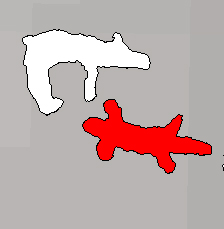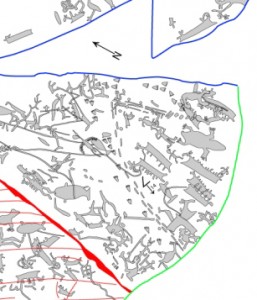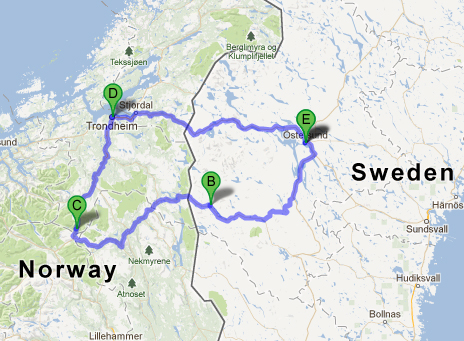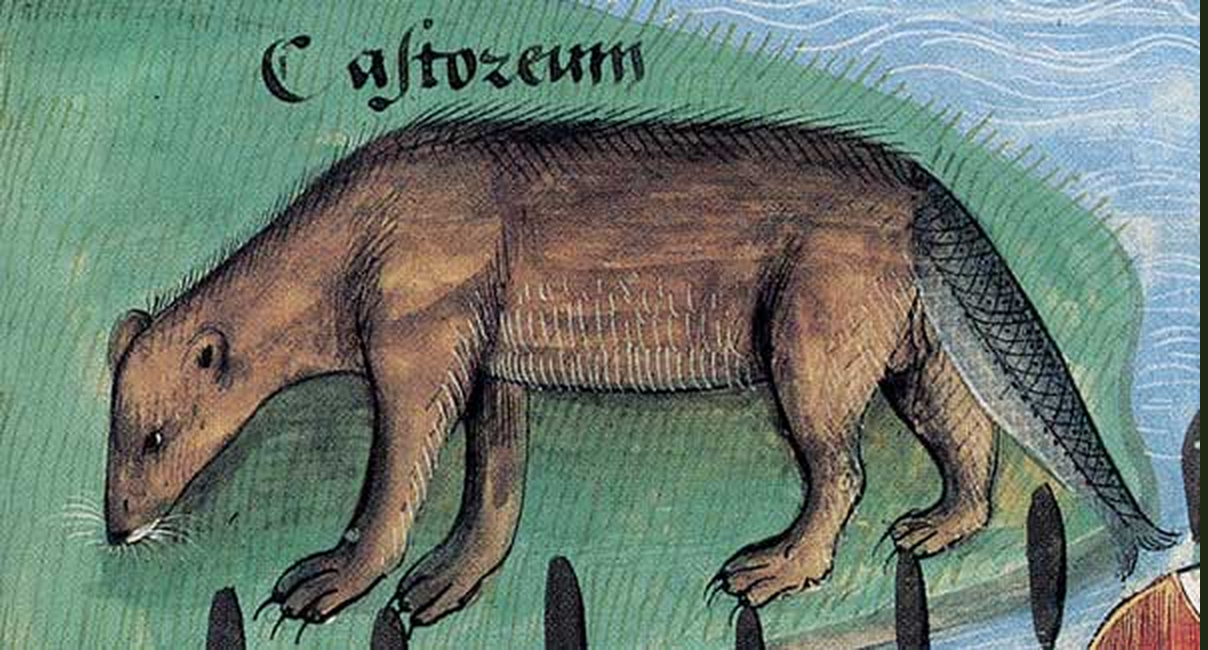
Written in stone

Today on my way to Östersund, where I will start working in the archive tomorrow, I took a detour to Namforsens Hällristiningsmuseum (Namforsen’s rock carving museum). There are around 2300 rock carvings on the boulders at the rapids. I was hoping to find that they had carvings of beaver, or possibly even muskox.
The visit to the accessible areas revealed that the Stone Age inhabitants were most interested in moose: male moose with big antlers, female moose, moose calves, hunting moose – lots and lots of moose! In the visitor’s center, the other other animals mentioned were one potential bear and foxes/dogs.

At the museum, I found out that there is a digital version of the rock art site through HumLab at my university. So when I got to my hotel and to a decent internet connection, I checked it out. The list of animals was pretty much the same as in the museum. But I took a closer look at the one identified as “a lizard”, which seemed to me like an odd thing to put on a rock carving in mid-Sweden. And what do you know? I’m pretty sure it is a beaver. Unlike the other animals which are shown in profile, the beaver is shown from above, with the head to the left and obvious fat, long tail to the right.

The image of beaver shown from above seems to be the way it appears in rock carvings of the European north. According to Jan Magne Gjerde’s PhD thesis on Fennoscandia rock art, beavers have been identified at several sites in northern Russia. One of those is a site on Kanozero Lake on the Murmansk coast of northern Russia, where the beaver looks remarkably like the image from Namforsen. Beavers have also been identified at a couple of Norwegian sites, like Møllerstufossen. The beaver form shown from above has likewise been found in Karelia (shared by Finland & Russia), according to an article about folklore in rock art.
Considering that beavers were supposedly quite numerous and that according to archeological finds, early hunters regularly ate them, it’s surprising to me that beavers don’t appear more often. Was it because of the beaver’s small size as prey? Was it because of the potential methods for hunting? Was it because there aren’t herds of them? We’ll never know.
It could be that more beaver have been carved, but they have been misidentified. That could be a reasonable historical assumption since many of these sites were ‘discovered’ in the late 19th and early 20th centuries when beavers were no longer present in the area of the carvings. Nikolai Spassov has made a similar argument about misidentification of muskox as European bison in French caves (thanks to Dr. Spassov for sending me his articles!). Spassov found that scholars working on these continental caves didn’t think of muskox as a continental animal and thus almost always classified the drawings as bison, even though the horns and body configuration are clearly showing muskox. Although these drawings have lasted millennia, our scholarship is rarely written in stone.



